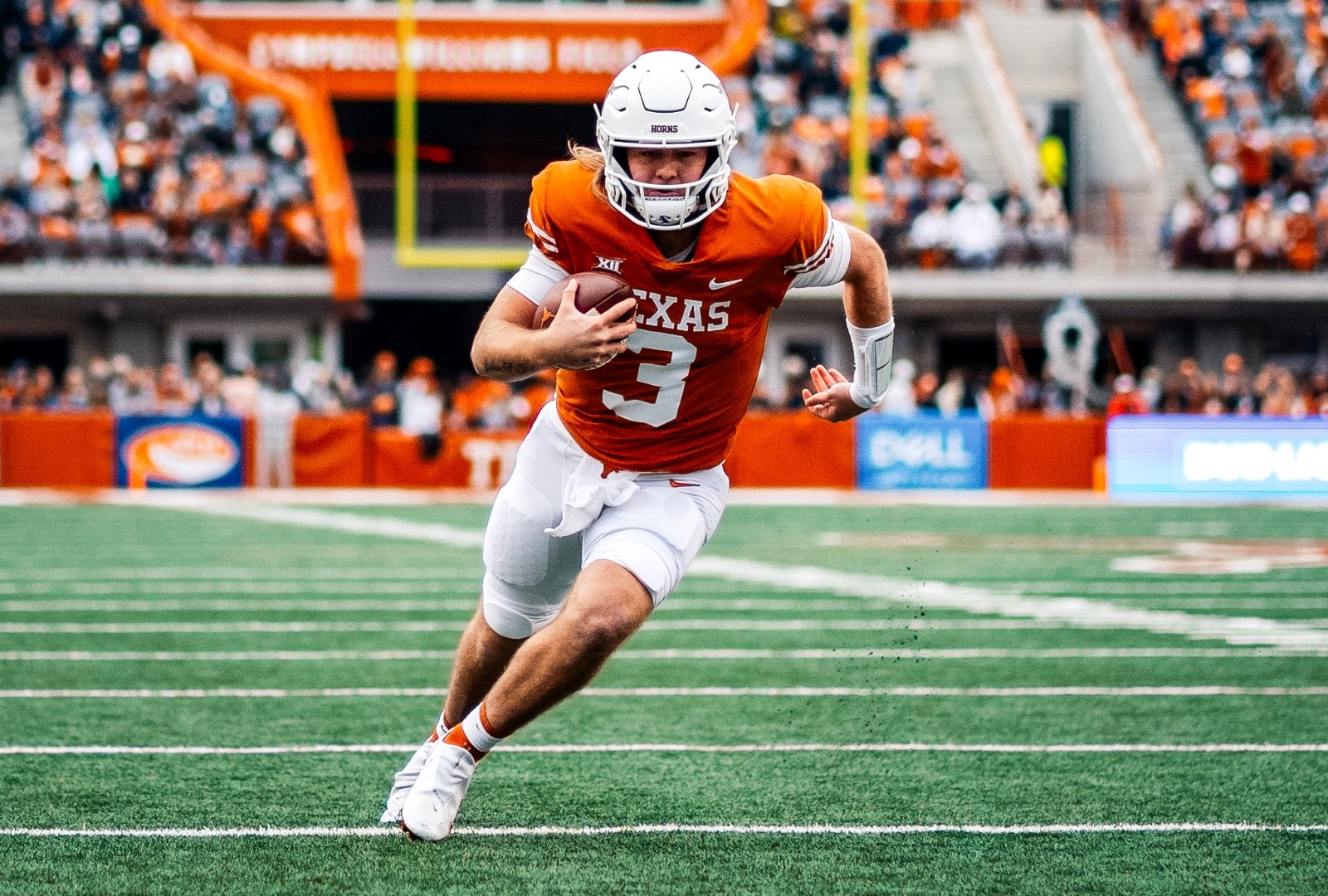
The House v. NCAA settlement marks a significant turning point in the history of college athletics. Not since the landmark 1984 NCAA v. Board of Regents of the University of Oklahoma decision have we seen such a profound court ruling that reshapes the landscape of college sports. This settlement not only allocates approximately $2.8 billion in NIL back pay to athletes but also establishes a framework for future revenue-sharing. Although the specifics are yet to be finalized, this move is a crucial step towards ensuring athletes benefit financially from the wealth they help generate.
While the NCAA will bear around 40% of the settlement, a substantial portion of the financial burden will fall on its member universities. Power conference schools are set to cover about 24% of the bill, leaving the remaining 36% to the financially strained schools in the rest of Division I. This historic moment in college sports will undoubtedly have far-reaching effects in the coming months and years. Here’s an early look at the winners and losers from the House v. NCAA case.
Winner: The Players
At long last, athletes will receive a share of the billions flowing into the NCAA, conferences, and individual schools. While NIL compensation was a step in this direction, those payments primarily came through third-party collectives funded by boosters and fans. Now, athletic departments themselves are financially accountable for the labor that underpins their budgets. The $2.8 billion in back pay is substantial, but it will likely be eclipsed by future payouts under the new revenue-sharing framework.
Loser: The NCAA
The NCAA has long fought to maintain the amateurism model on behalf of its member schools. This settlement marks the end of that battle. While the agreement ensures the NCAA’s survival, it will be a diminished entity, responsible for $1.1 billion of the settlement. This money will come from reserves and budget cuts, leading to lean years ahead for the NCAA office in Indianapolis as it navigates this new era. Although settling avoided a potentially fatal court ruling, it’s still a significant loss for the NCAA.
Winner: Boosters and Fan Pocketbooks
Athletic departments will continue to rely on boosters for significant contributions, especially as budgets tighten with decreased NCAA distributions and the advent of revenue-sharing. However, the burden of funding talent acquisition will shift from boosters and fans to the athletic departments. This change alleviates financial pressure on supporters already paying for seat licenses, season tickets, travel, merchandise, parking, concessions, and cable packages.
Loser: Competitive Balance
Power conference schools are set to share about 20% of their media rights revenue with athletes, potentially exceeding $20 million annually per school. This setup will further entrench these schools as top destinations for elite players. Even if Group of Five or FCS teams allocate a similar percentage of their media rights for player compensation, the disparity will widen, exacerbating the divide between the haves and have-nots. While big-brand schools have always attracted high-profile players, the previous equal compensation model leveled the playing field somewhat. The new settlement is another setback for competitive balance outside the power conferences.
Winner: The NCAA Tournament
A silver lining for smaller conferences is the preservation of the NCAA Tournament. The settlement effectively ties the power leagues to the NCAA for the next decade, making a breakaway to form a separate postseason basketball championship less likely. While the future of the tournament’s expansion is uncertain, the beloved Cinderella’s will continue to challenge the blue bloods each March.
Loser: Non-Revenue Sports
Non-revenue sports (essentially everything other than football and men’s basketball at most schools) face an uncertain future. Athletic departments struggling with financial solvency may need to cut non-revenue programs to make ends meet. Potential measures include staff cuts, delayed facility upgrades, and eliminating financially inefficient programs.
Winner: The Lawyers
The legal profession stands to benefit greatly from the settlement. The complexities of the House lawsuit will require extensive legal work to ensure proper distribution of back pay. While this case is historic, it won’t be the last legal challenge for the evolving college sports business model. Issues like Title IX implications and the pursuit of an antitrust exemption promise continued work for law firms.
Loser: Mid-Level Department Bloat
Programs across the country, like Ohio State, have seen an influx of administrative staff, with many employees earning six-figure salaries. The settlement will likely result in reduced revenue for athletic departments, leading to potential cuts in these bloated administrative roles. Private equity firms may also push for a say in the future structure of athletic departments, possibly ending the era of rising salaries and cushy jobs for mid-level administrators.
Winner: The Big Ten and SEC
As noted by CBS Sports’ Shehan Jeyarajah, the Big Ten and SEC are clear winners. Texas and Oklahoma’s move to the SEC, and USC and UCLA’s shift to the Big Ten, were influenced by the potential costs of litigation. The new Big Ten television contract can essentially cover these new financial realities. In contrast, the ACC and Big 12, with their comparatively smaller television deals, will face more significant challenges.
This settlement is a pivotal moment in college sports history, with far-reaching implications for players, institutions, and the future of athletic programs nationwide. As the details continue to unfold, the landscape of college athletics will undoubtedly experience profound changes.









